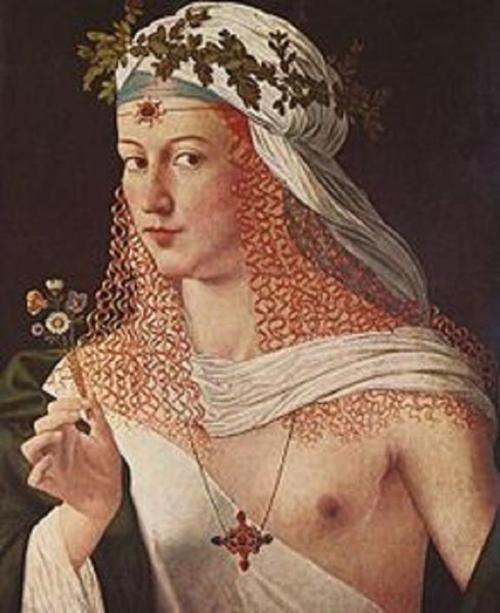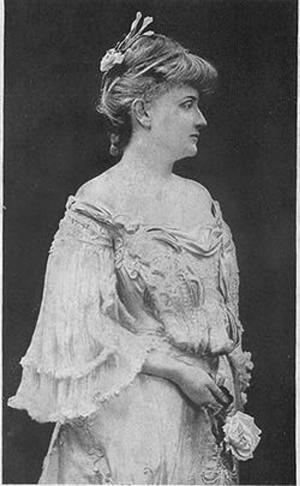| Author: | Ferdinand Gregorovius | ISBN: | 9781455415632 |
| Publisher: | B&R Samizdat Express | Publication: | December 15, 2009 |
| Imprint: | Language: | English |
| Author: | Ferdinand Gregorovius |
| ISBN: | 9781455415632 |
| Publisher: | B&R Samizdat Express |
| Publication: | December 15, 2009 |
| Imprint: | |
| Language: | English |
Classic biography. According to Wikipedia: "Lucrezia Borgia (18 April 1480 24 June 1519) was the illegitimate daughter of Rodrigo Borgia, the powerful Renaissance Valencian who later became Pope Alexander VI, and Vannozza dei Cattanei. Her brothers included Cesare Borgia, Giovanni Borgia, and Gioffre Borgia. Lucrezia's family later came to epitomize the ruthless Machiavellian politics and sexual corruption alleged to be characteristic of the Renaissance Papacy. Lucrezia was cast as a femme fatale, a role she has been portrayed as in many artworks, novels, and films. Very little in fact is known of Lucrezia, and the extent of her complicity in the political machinations of her father and brothers is unclear. They certainly arranged several marriages for her to important or powerful men in order to advance their own political ambitions. Lucrezia was married to Giovanni Sforza (Lord of Pesaro), Alfonso of Aragon (Duke of Bisceglie), and Alfonso I d'Este (Duke of Ferrara). Tradition has it that Alfonso of Aragon was an illegitimate son of the King of Naples and that Cesare may have had him murdered after his political value waned."
Classic biography. According to Wikipedia: "Lucrezia Borgia (18 April 1480 24 June 1519) was the illegitimate daughter of Rodrigo Borgia, the powerful Renaissance Valencian who later became Pope Alexander VI, and Vannozza dei Cattanei. Her brothers included Cesare Borgia, Giovanni Borgia, and Gioffre Borgia. Lucrezia's family later came to epitomize the ruthless Machiavellian politics and sexual corruption alleged to be characteristic of the Renaissance Papacy. Lucrezia was cast as a femme fatale, a role she has been portrayed as in many artworks, novels, and films. Very little in fact is known of Lucrezia, and the extent of her complicity in the political machinations of her father and brothers is unclear. They certainly arranged several marriages for her to important or powerful men in order to advance their own political ambitions. Lucrezia was married to Giovanni Sforza (Lord of Pesaro), Alfonso of Aragon (Duke of Bisceglie), and Alfonso I d'Este (Duke of Ferrara). Tradition has it that Alfonso of Aragon was an illegitimate son of the King of Naples and that Cesare may have had him murdered after his political value waned."















